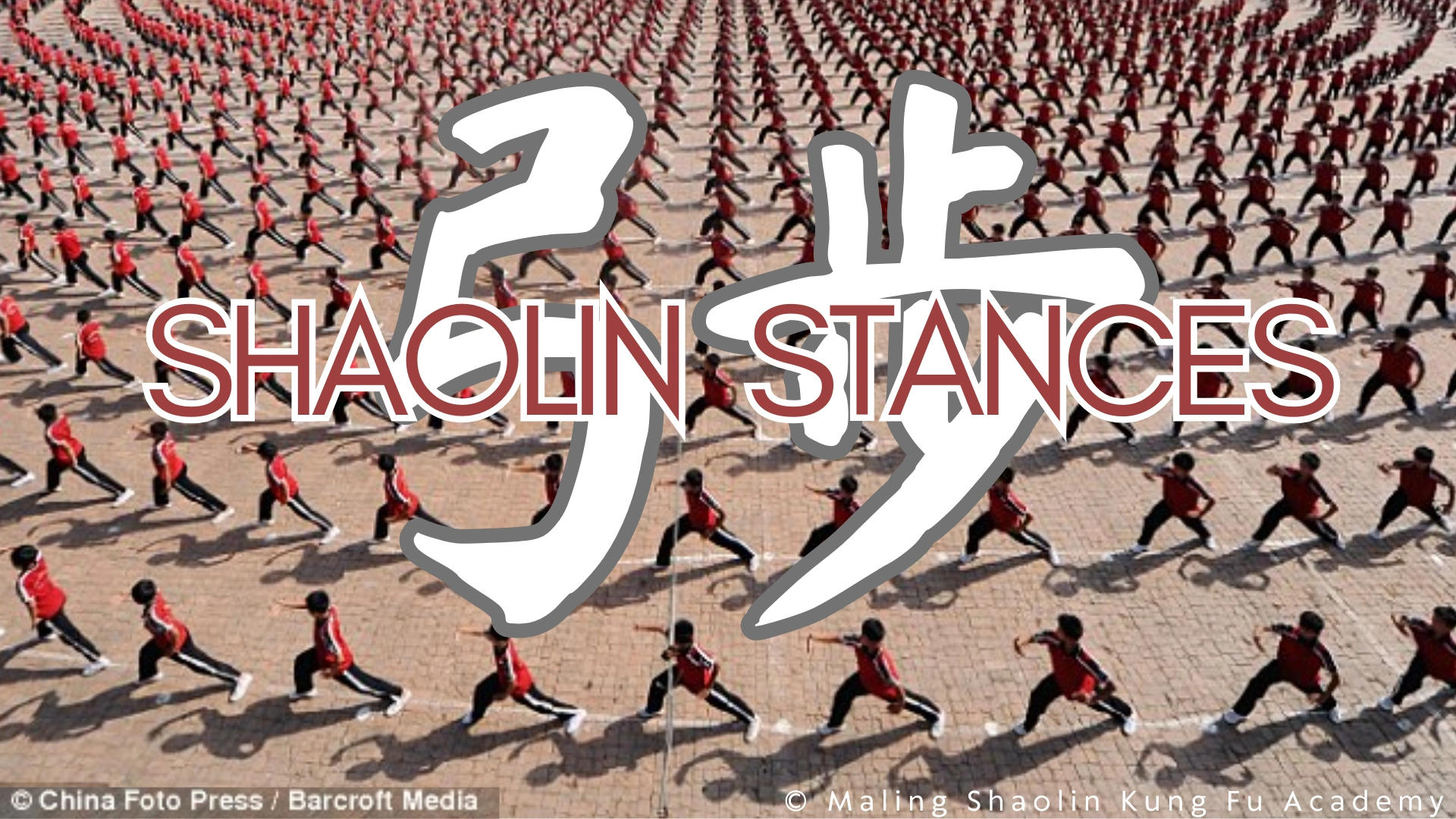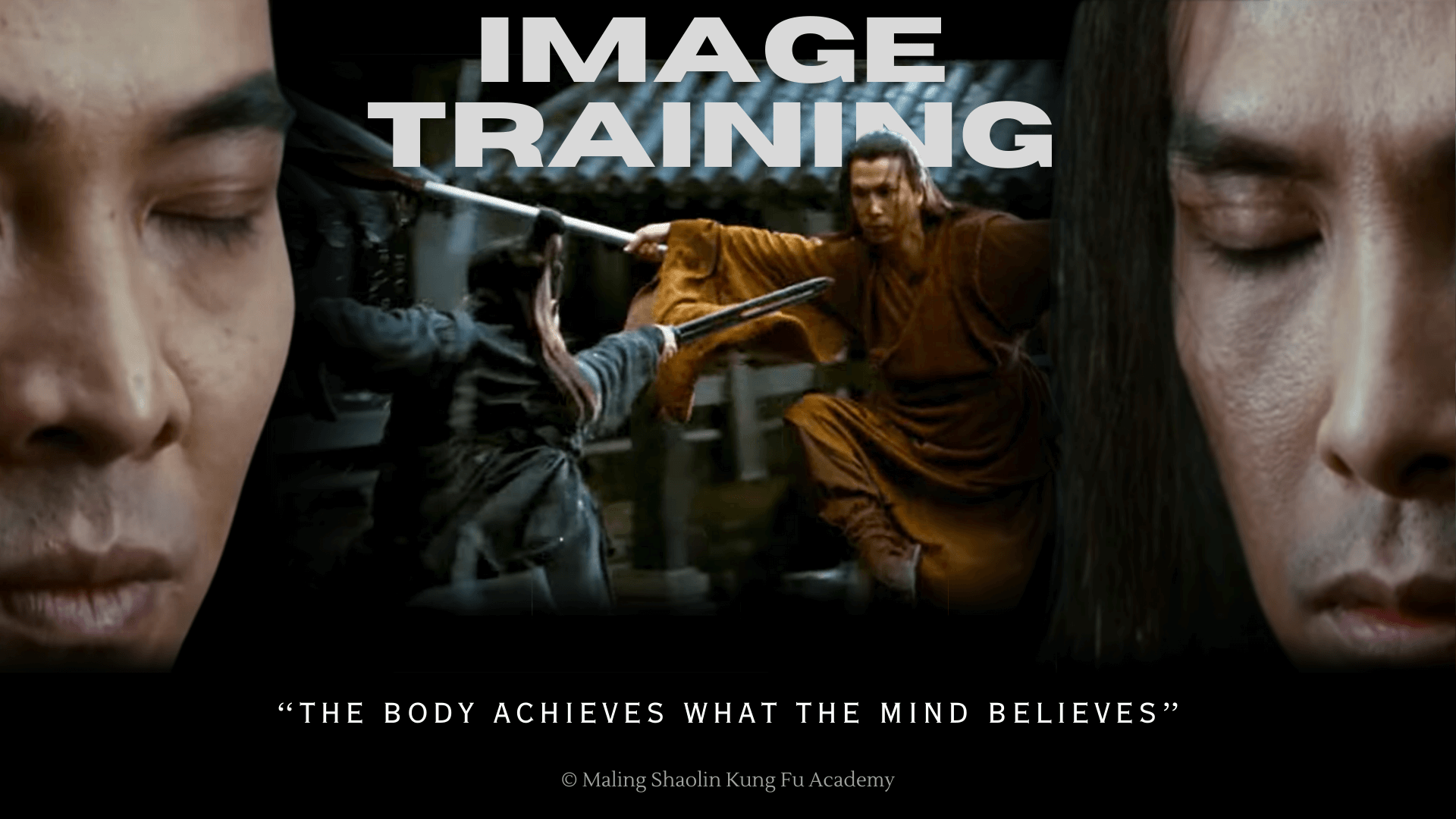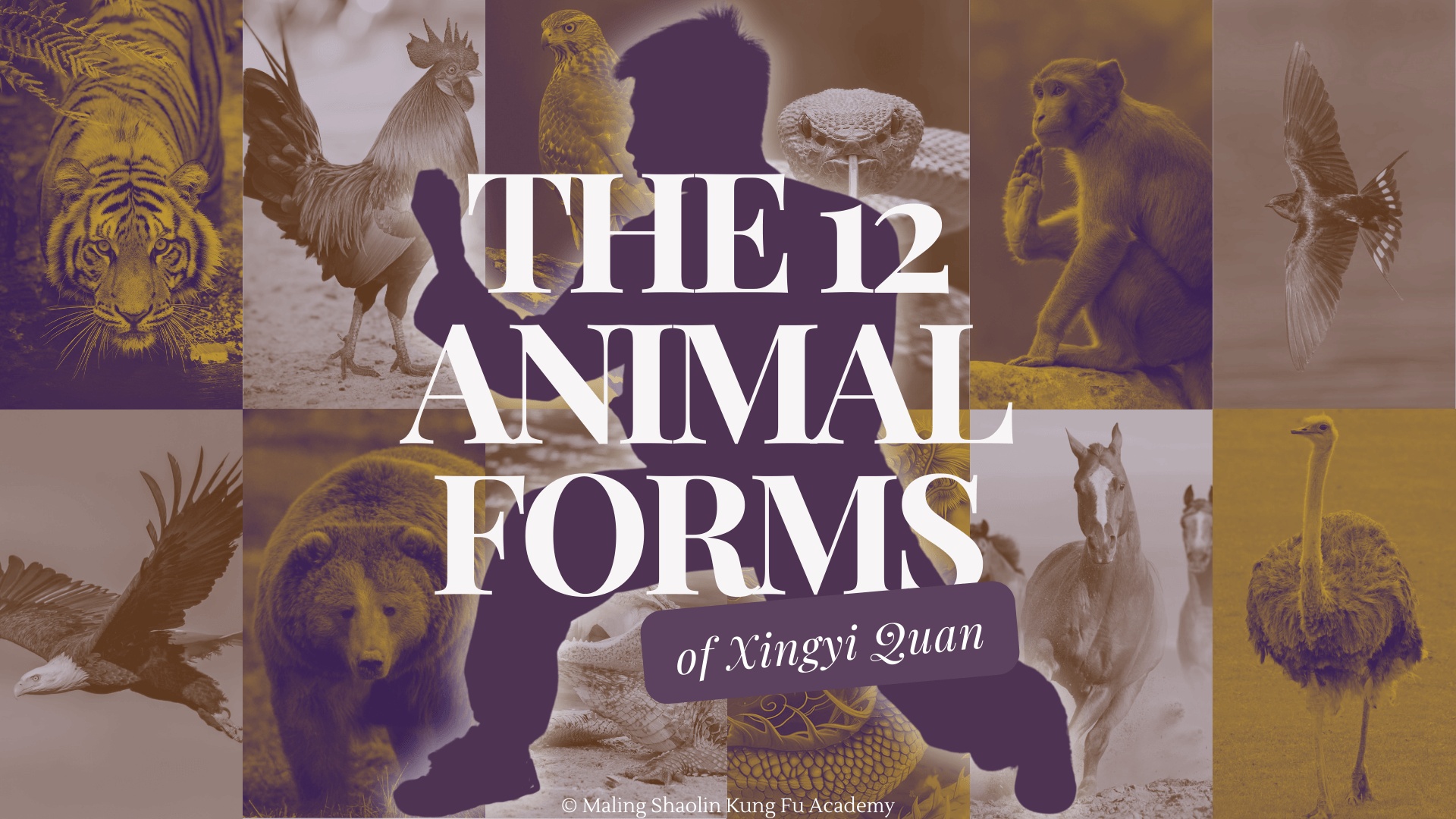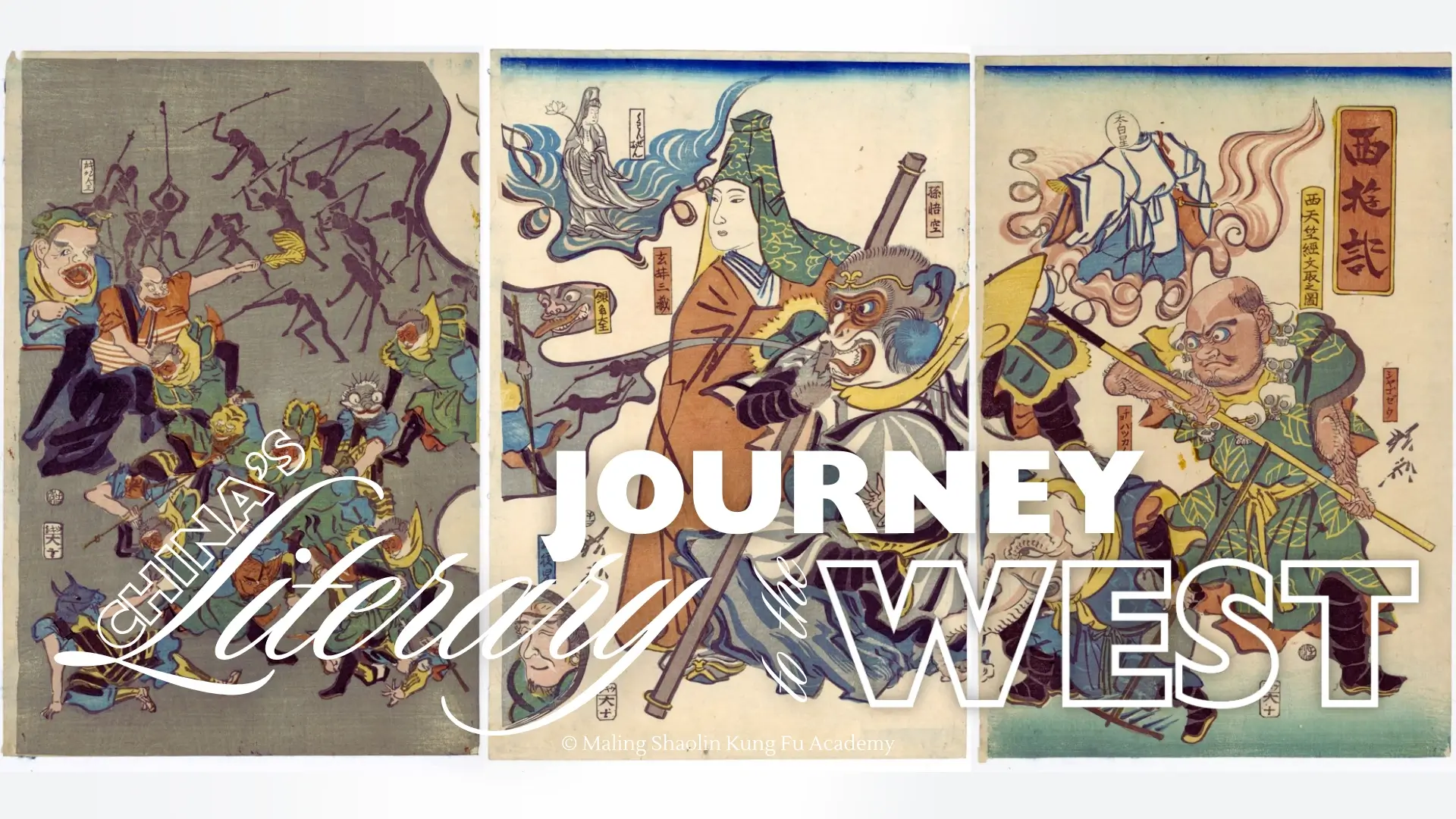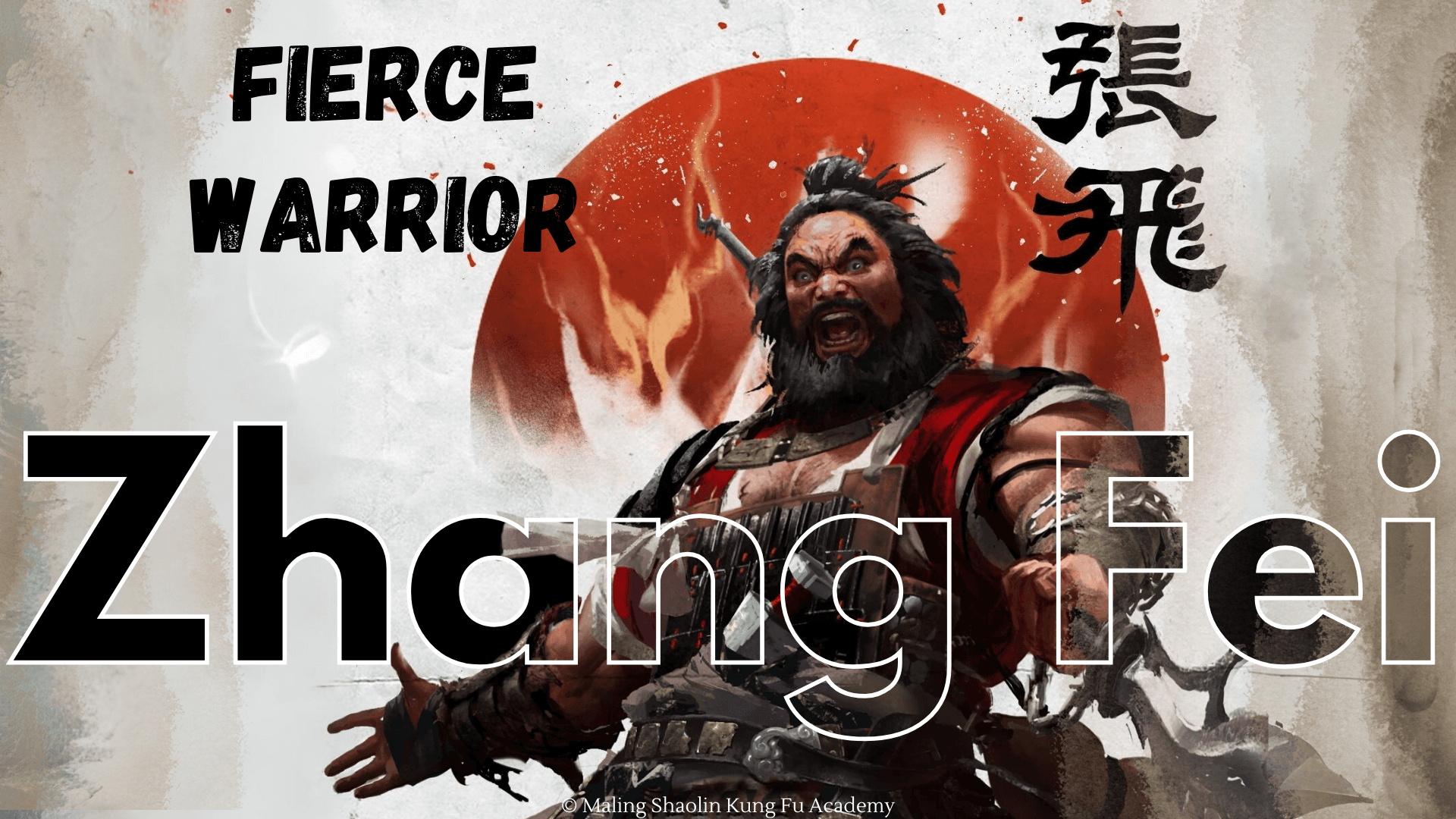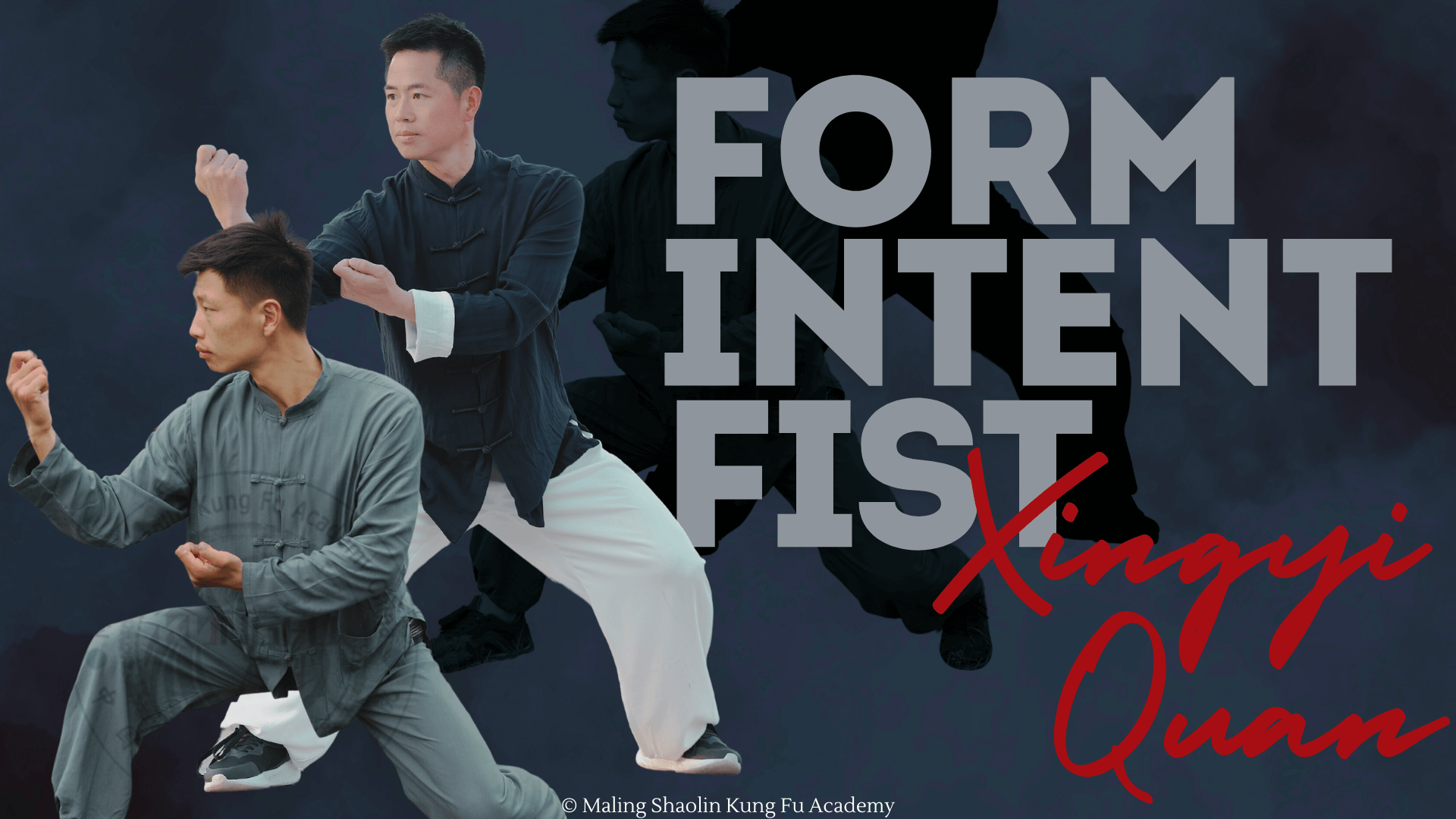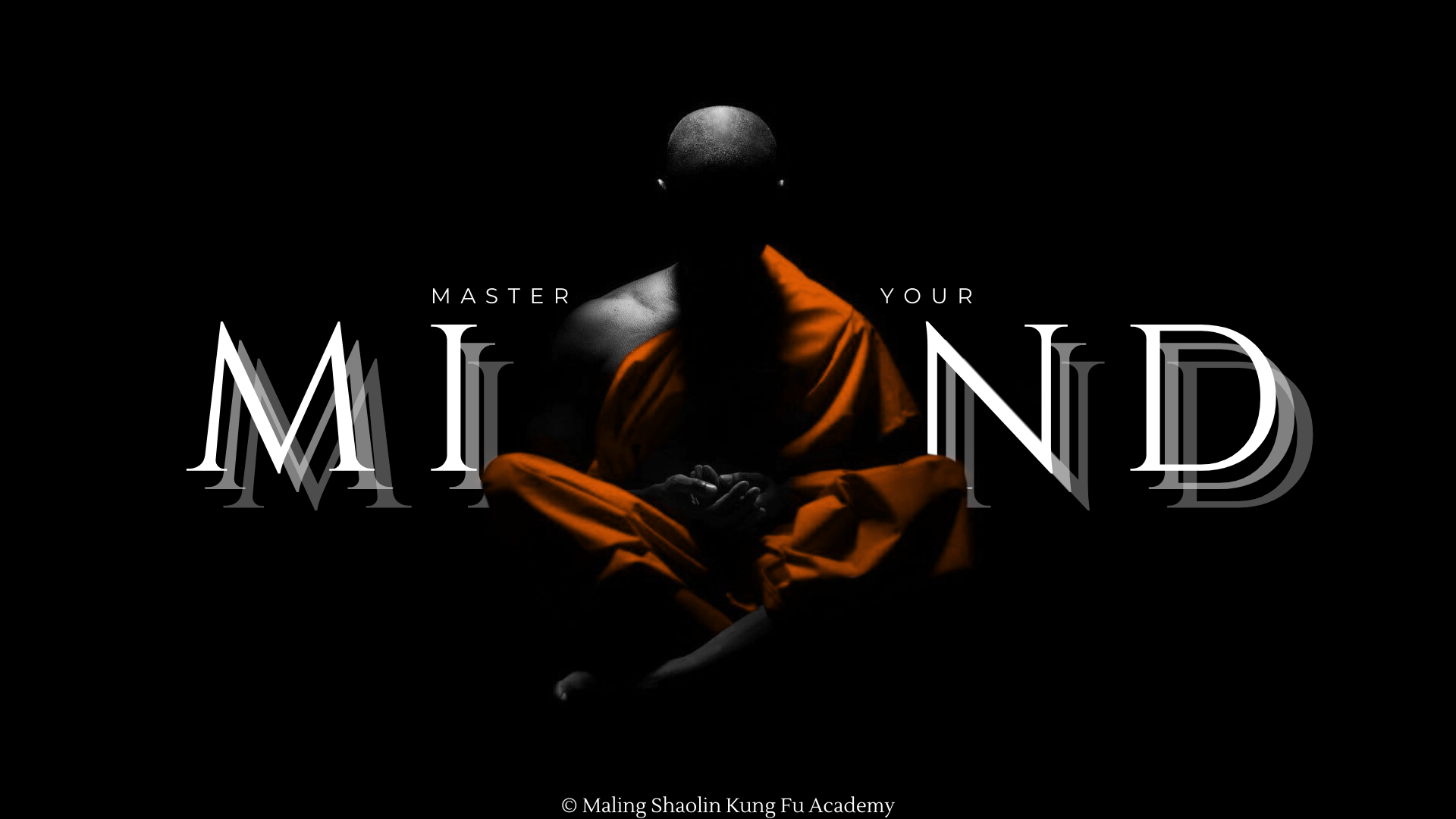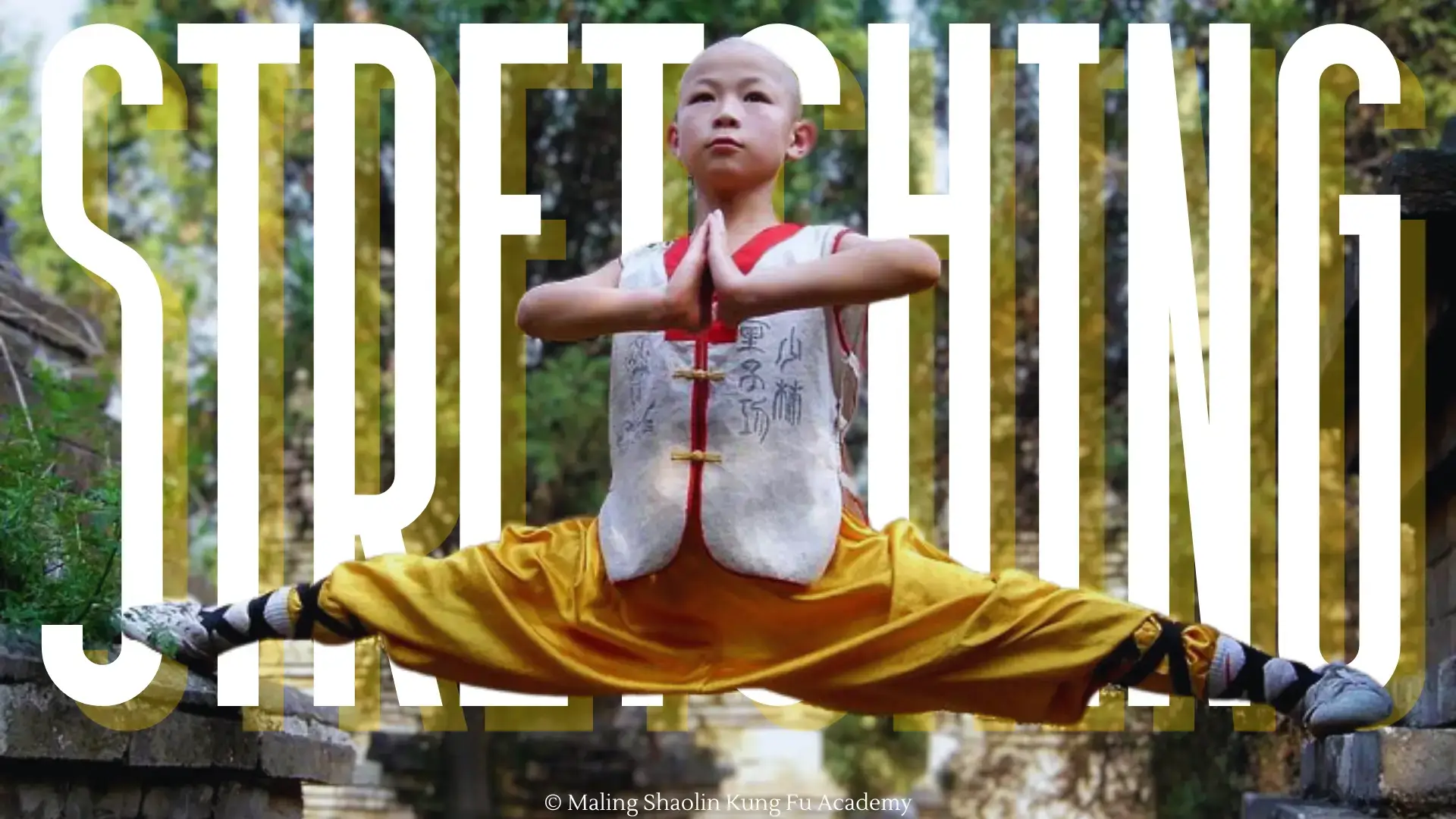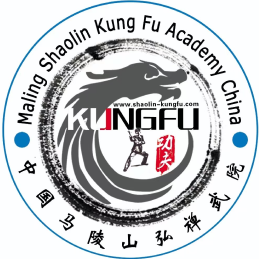In Shaolin Kung Fu, stances are fundamental elements that serve as the foundation for various techniques and movements. Among these stances, the Bow Stance, or Gōng Bù (弓步), stands out for its importance in establishing strength, stability, and precision. This stance, resembling the drawn bow of an archer, is integral to numerous forms and applications within Shaolin Kung Fu. This article delves into the intricacies of the Bow Stance, its benefits, variations, and applications in martial arts.
Have you ever heard of the power of visualization? From Sherlock Holmes to Olympic athletes, top performers of all fields have been using this technique for years to boost their skills and achieve their goals. In the world of martial arts, image training can lead to improved technique, mental focus, and confidence. By creating vivid mental images and engaging all senses, practitioners can reinforce correct motor patterns in their brain, develop effective strategies, and enhance muscle memory. Find out more about how to incorporate image training into your martial arts practice and take your performance to the next level.
Xingyi Quan, one of the three main internal Chinese martial arts, incorporates movements and strategies inspired by twelve animals. Each animal form embodies unique characteristics and fighting strategies, allowing practitioners to adapt to various combat scenarios.
Chinese classical literature is an intricate tapestry of stories, philosophies, and cultural traditions that have shaped not only the societal and cultural landscape of China but have also extended their influence globally. Among these, works that integrate martial arts, such as “Journey to the West” (西游记, Xī Yóu Jì) and
Zhang Fei was a prominent military general during the late Eastern Han dynasty and the Three Kingdoms period of China. Born around 167 AD, Zhang Fei hailed from a modest background of butchers and wine merchants. Despite his humble beginnings, Zhang Fei’s destiny was to become one of the most famous warriors in Chinese history.
Xingyi Quan (形意拳), often translated as "Form-Intent Fist," is one of the oldest and most revered internal martial arts in China. Known for its direct and explosive techniques, Xingyi emphasizes the unity of body and mind, aiming to harness the practitioner's intent (Yi) to manifest powerful movements (Xing).
Martial arts are often perceived as physical disciplines focused on combat and self-defense. However, a critical and sometimes overlooked aspect of martial arts is the mental training that accompanies physical practice. Meditation plays a crucial role in this, fostering a deep connection between mind and body, enhancing focus, discipline, and overall mental well-being.
"Naruto" draws inspiration from various martial arts and philosophical traditions, including Chinese kung fu and philosophies, to create a diverse and engaging array of combat styles and beliefs for its characters.
Stretching is a critical component of Kung Fu training, essential for both physical performance and injury prevention. This practice not only enhances flexibility and range of motion but also plays a pivotal role in the overall health and well-being of martial artists. In Kung Fu, stretching is integral to executing techniques, maintaining agility, and achieving the fluidity of movement necessary for various forms and stances.

